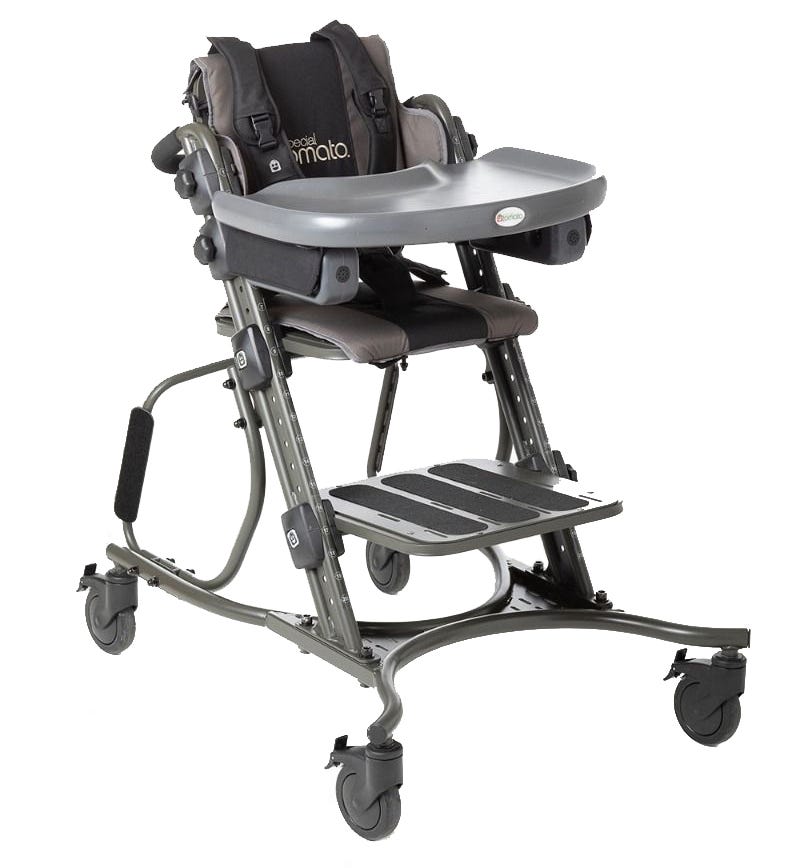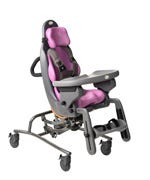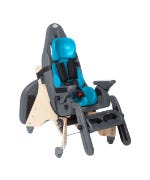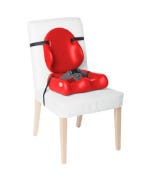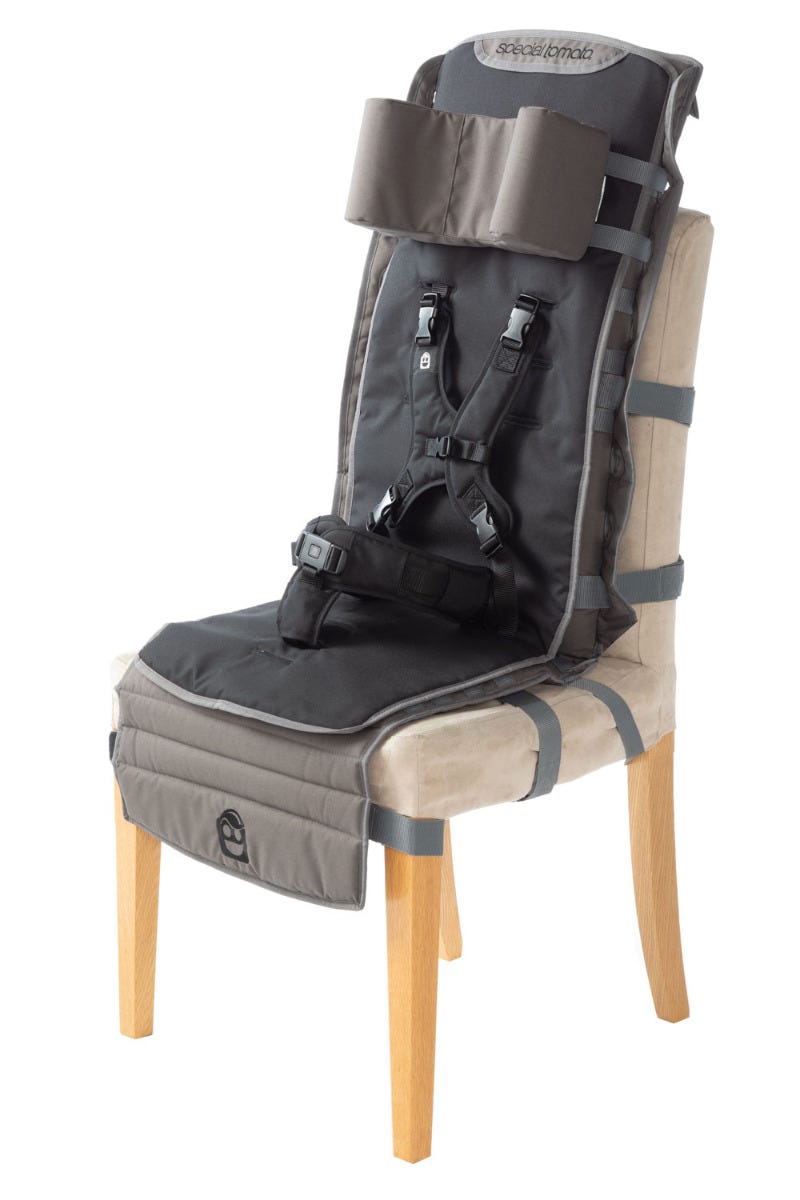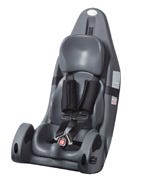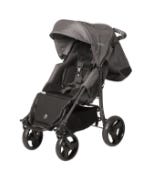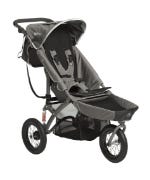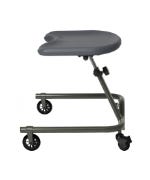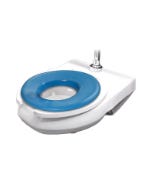The Importance of Floor Time in Early Childhood Development


What is Floor Time?
It’s pretty simple. Its time spent on the floor. Usually on some type of cushioned floor mat, play mat or rug.
In a world where baby equipment abounds and kids seem to be happy enough using it, it might feel counterintuitive to place them on the floor. Wouldn’t it be better to have them swinging, bouncing in a doorway jumper or learning to stand in an exersaucer? The answer is a resounding no. In fact, have you heard about Container Baby Syndrome? Learn more here.
What are the benefits of playing on the floor?
Developing children need time to experience how their bodies move. They need time to stretch and strengthen their muscles as they grow. When a baby is first born, the majority of their movement is the result of primitive reflexes. But during the first months of life, movement gradually becomes more purposeful as the influences for primitive reflexes fade.
In the article Floor Time Helps Children Develop Skills, the authors reference the impact of the Back to Sleep Program on infant development. It was in response to the delays seen in infant development when a child did not spend adequate time on their stomachs that parents heard more and more about the importance of tummy time.
But playing on the floor is much more than tummy time. In the same way that children cannot learn to lift their heads against gravity unless they are placed on their stomachs, they also need time to learn how to roll. First, they must master moving themselves onto their side which also serves as an important opportunity to bring both sides of their body, arms and legs, together. It’s the start of a lifetime relationship of cooperation between the right and left side of the body.
Then rolling to one side gradually transitions to rolling between stomach and back and the first form of independent mobility is born. A typically developing infant will usually acquire the ability to roll at about 4-6 months if they are given adequate opportunity to explore and strengthen these movement patterns. They will then use their ability to roll to explore their environment which directly impacts other areas of their development such as cognition.




And that’s just the beginning. Side sitting, pushing up to the sitting position, getting up onto hands and knees, crawling, pulling to stand. It’s a step-by-step sequential process of rising up against the forces of gravity. Think of floor time as the time your little one is “at work” building the strength, endurance, coordination, balance, movement strategies and spatial/sensory awareness to eventually be standing upright on their two little feet. And all of this in about a years’ time. When was the last time you saw those kinds of results at the gym? It’s life changing.
Baby equipment can enhance this process when used thoughtfully and in moderation but if used to the exclusion of floor time it will undoubtedly slow progress. And sometimes, if equipment is used to support children in a position they are not ready for, babies develop strategies of movement that are ultimately not helpful to them. It can delay their acquisition of motor milestones. Habits of unhelpful movement patterns can take a long time to resolve.
My child really doesn’t like being on the floor, now what?


We all tend to balk at things that are not familiar to us. Now that all infants are placed on their backs to sleep, being on their stomach is a less familiar position and it is common to hear complaints about babies being unhappy on the floor. In their article The Importance of Floor Play and How to Make it Interesting, authors address many important facets of floor play including- When should my baby start doing tummy time? How much floor play should my baby be doing? How can I make floor play fun for my baby? And why does my baby hate floor play? with an exploration of possible reasons and practical solutions.
What if my child is not developing typically?
Floor time is just as important and maybe more important for children with developmental delays. Children who are not developing typically will require more time to learn mobility skills. In the article Why the Floor is So Important for Your Child with Special Needs, the author references time tested practices that have withstood the introduction of all types of new technology because the human body still needs the opportunity to learn how to move and rise against the force of gravity.


But what if your child is facing challenges that have care providers suggesting it will take a very long time before she or he will move on their own or the movement they are expected to accomplish is limited. They may not be expected to sit alone, stand alone or walk. For these children we provide the support they need to position them in age-appropriate postures/positions at the age-appropriate time. Being on the floor is where the action is and development is taking place during early childhood. Inclusion in the activities that take place on the floor with support of a floor sitter can build connections and can inspire little ones as they observe and interact with their peers. Inclusion when children start to interact with each other in a standing position with a stander that lowers to place feet on the floor and allows kids to interact face to face builds connection. Connection enhances all aspects of well-being no matter the speed of development or what outcomes are expected.
It's simple. Time spent on the floor. The value and impact on early development cannot be overstated.


